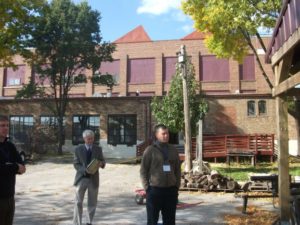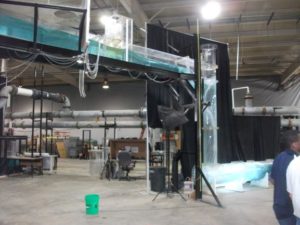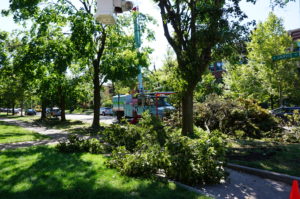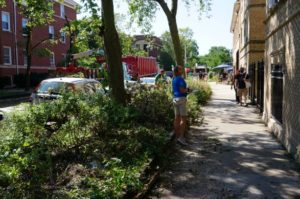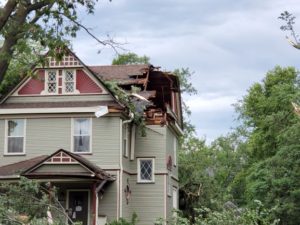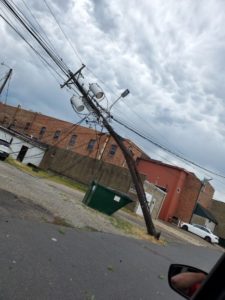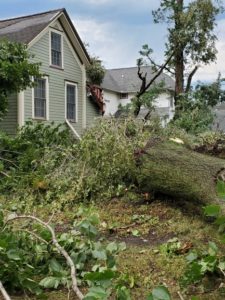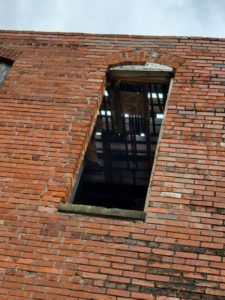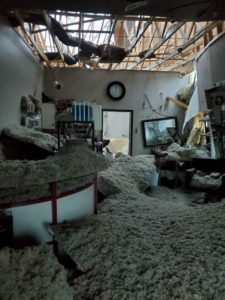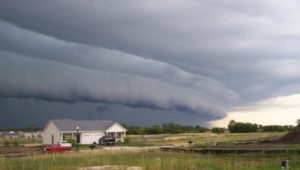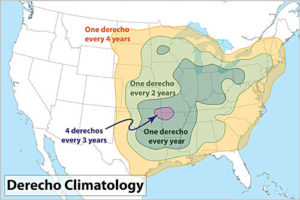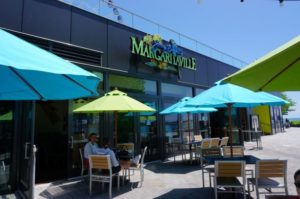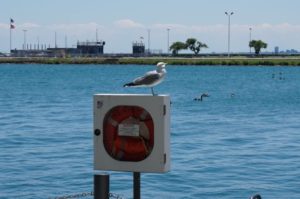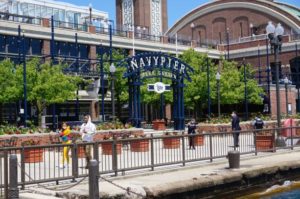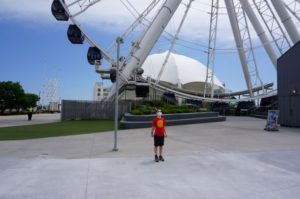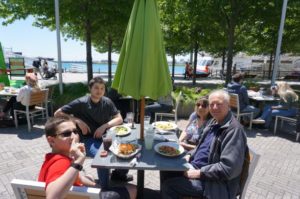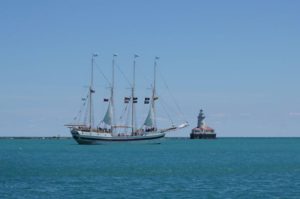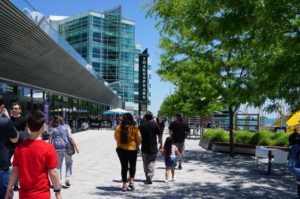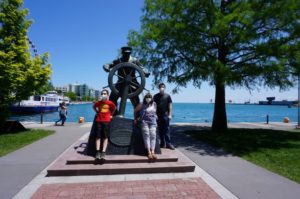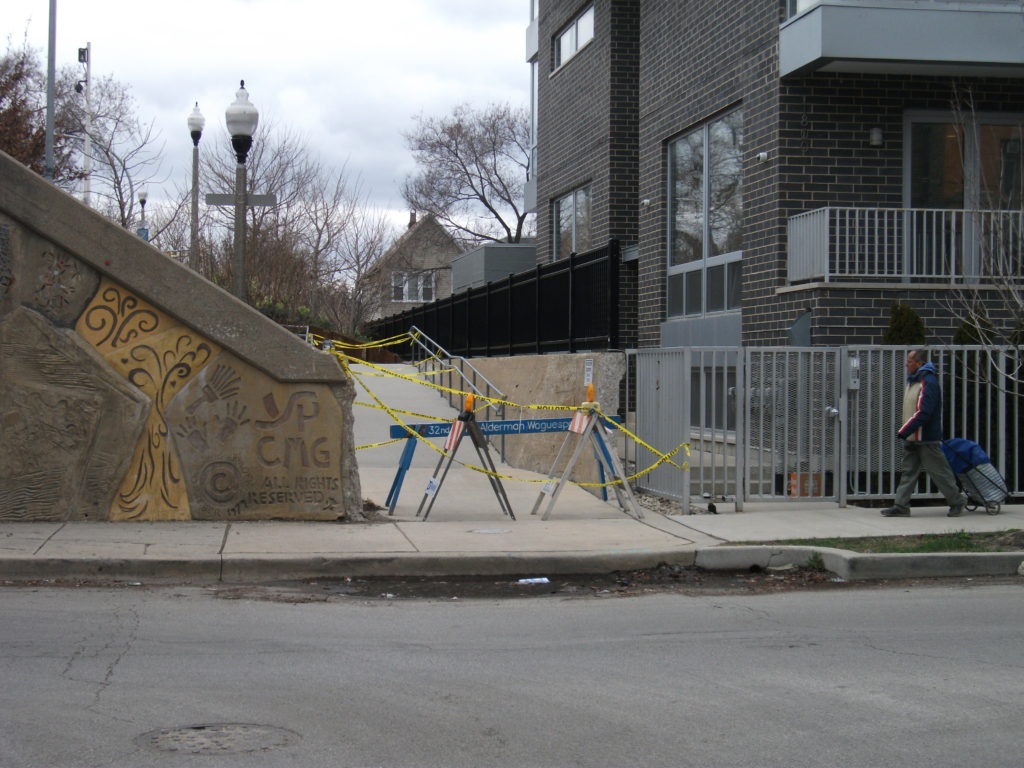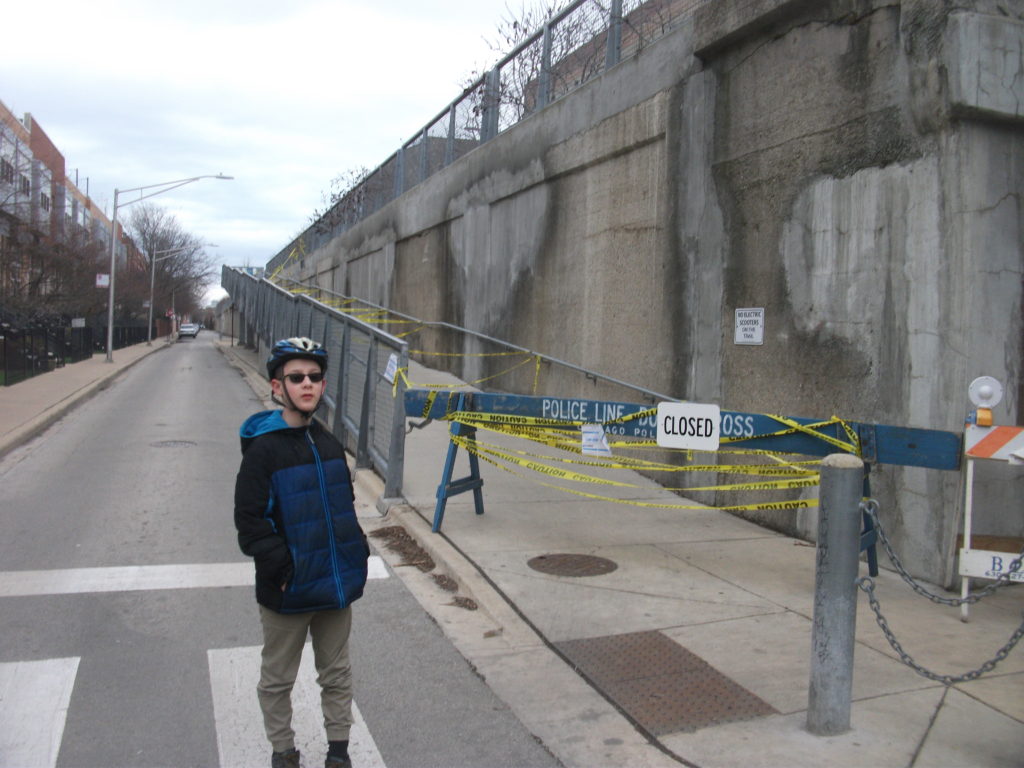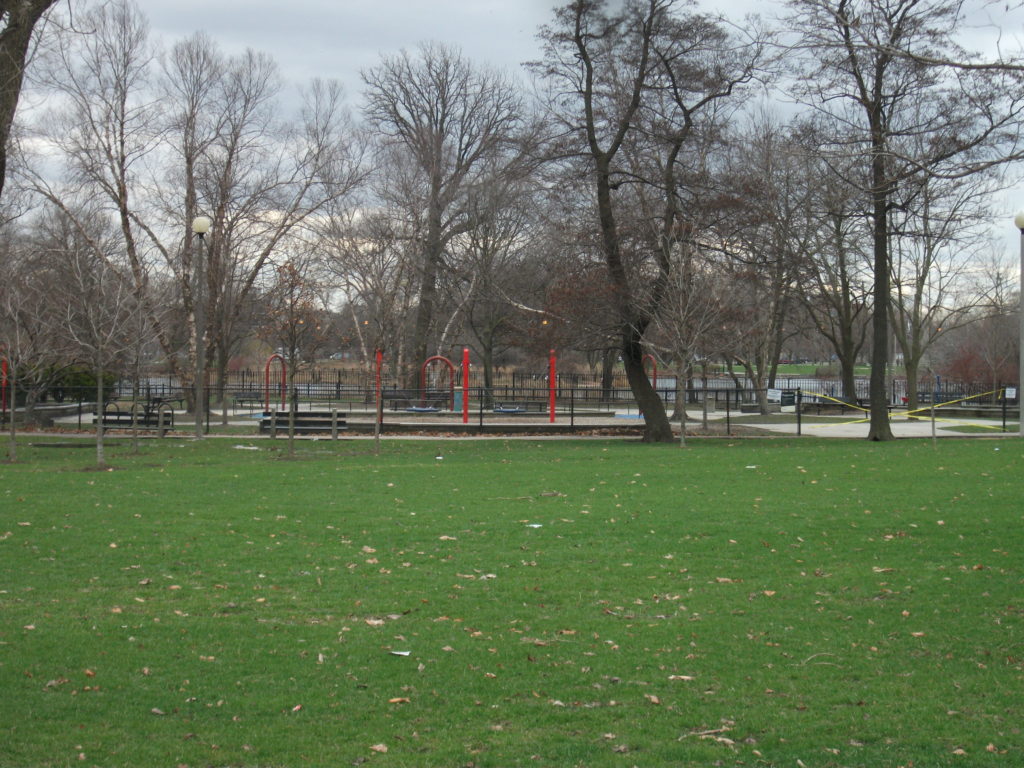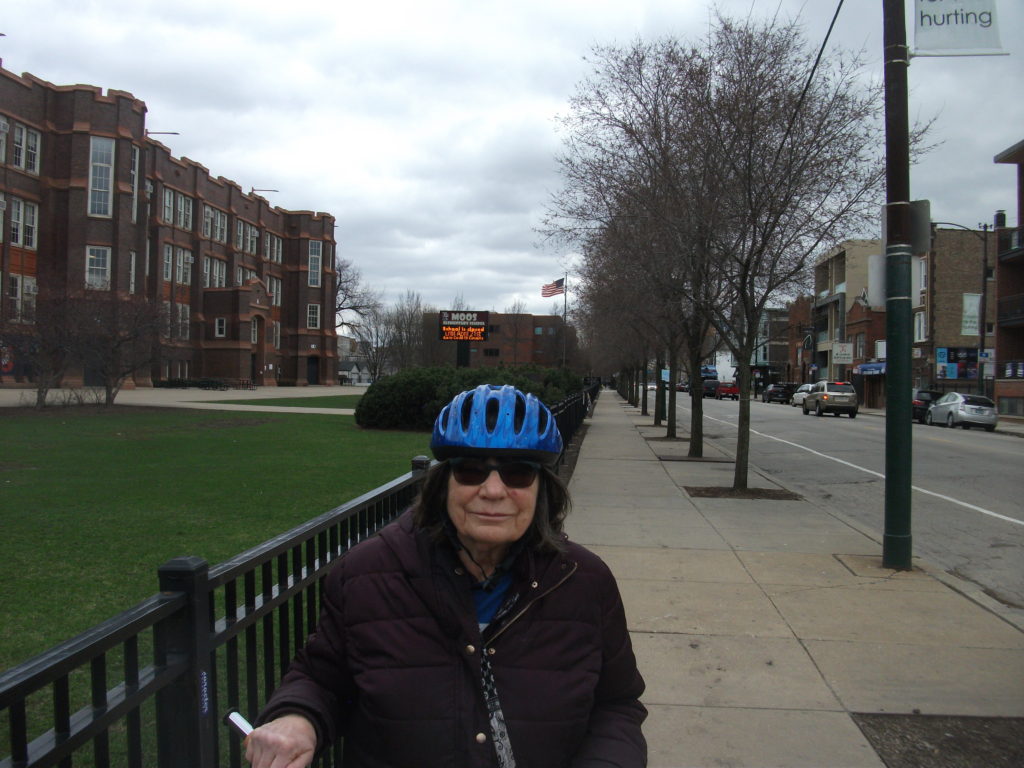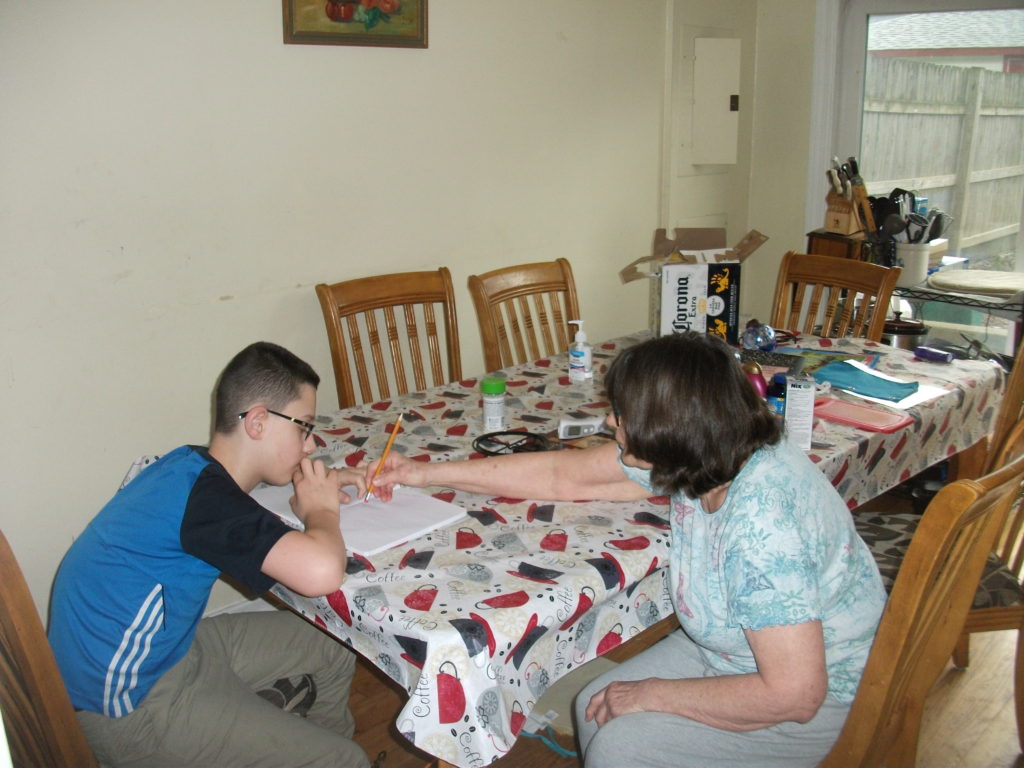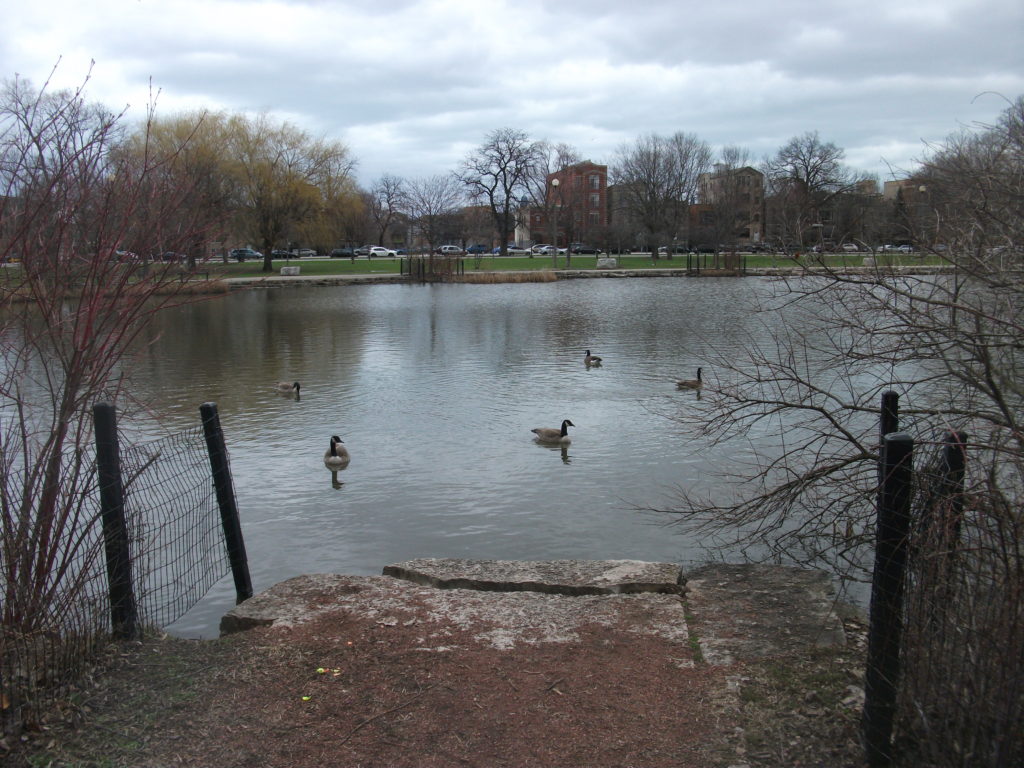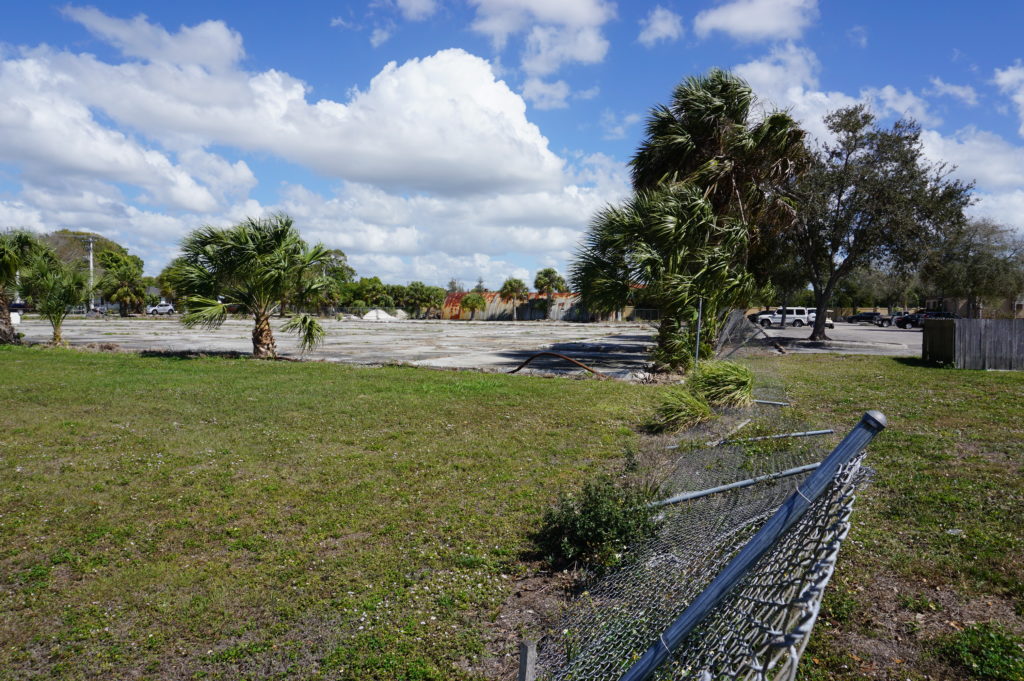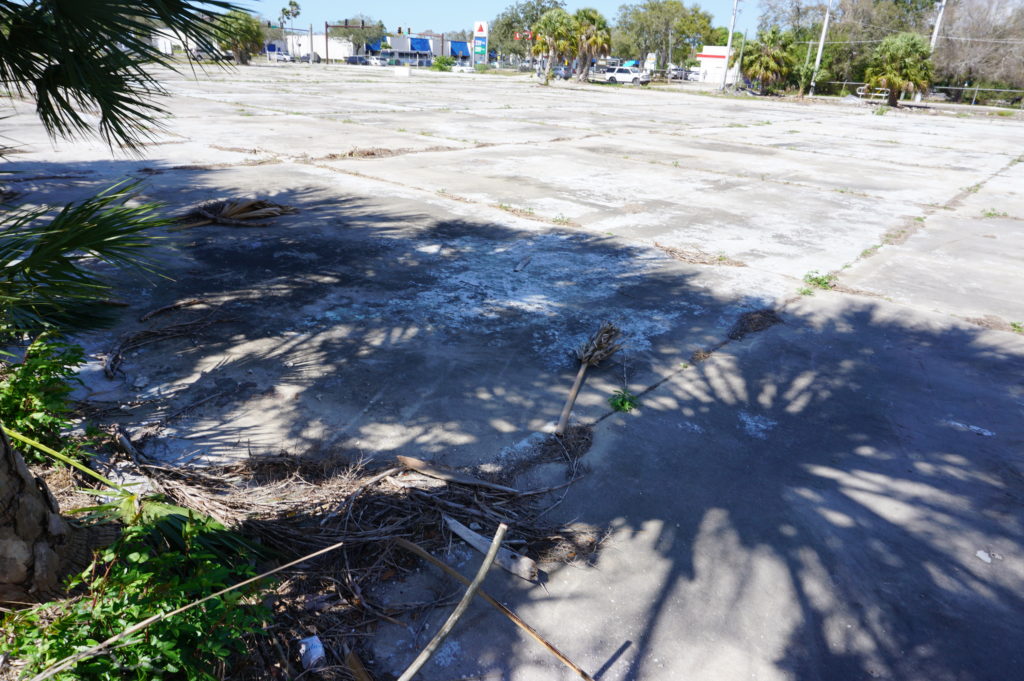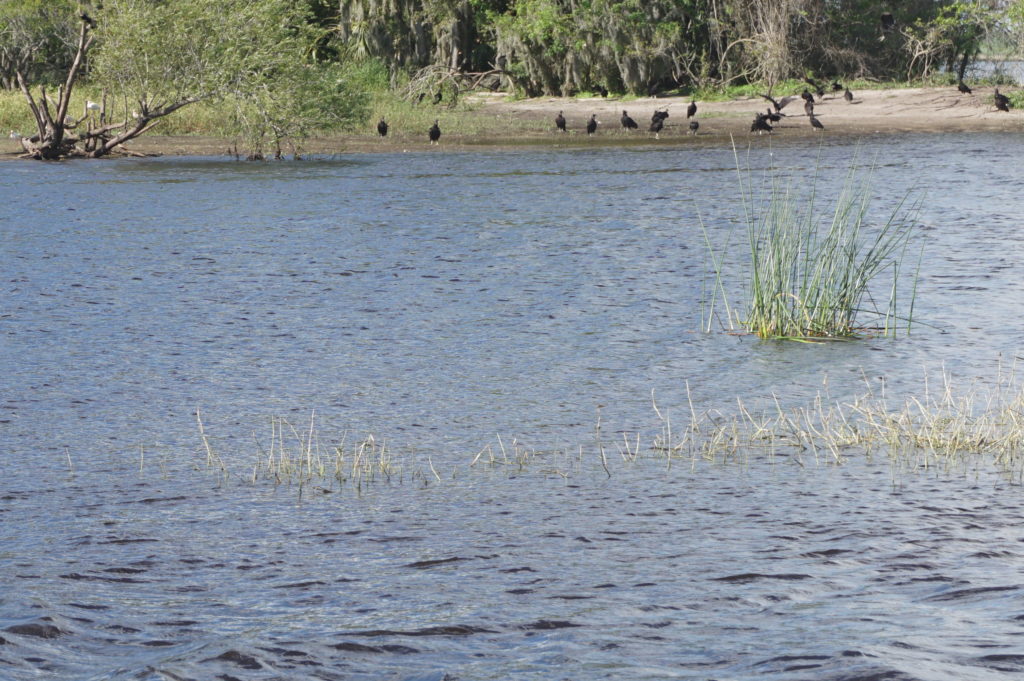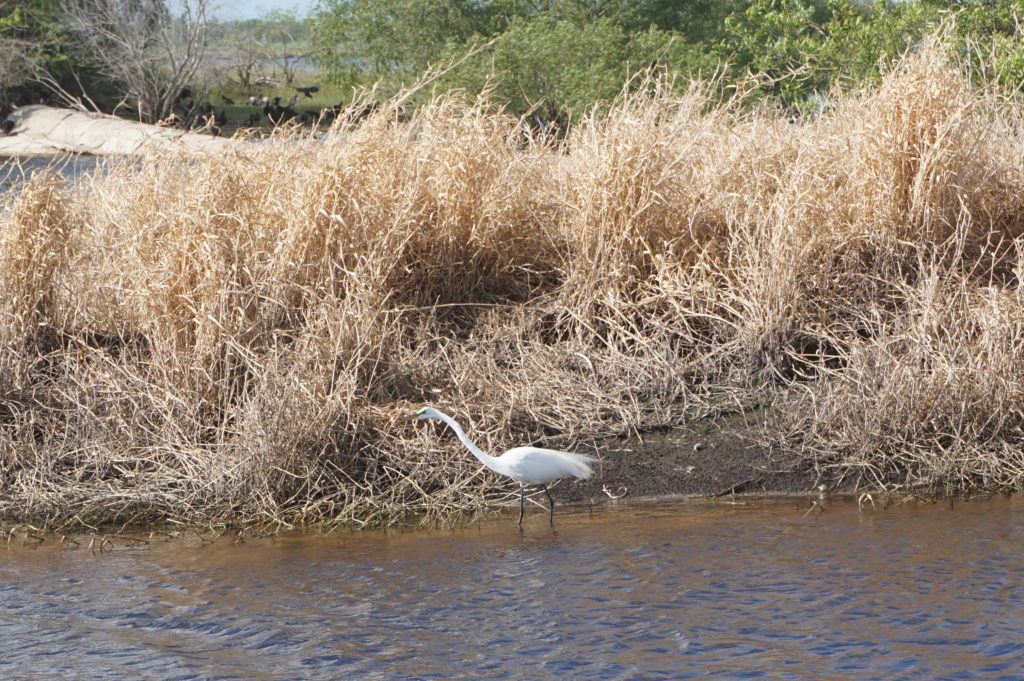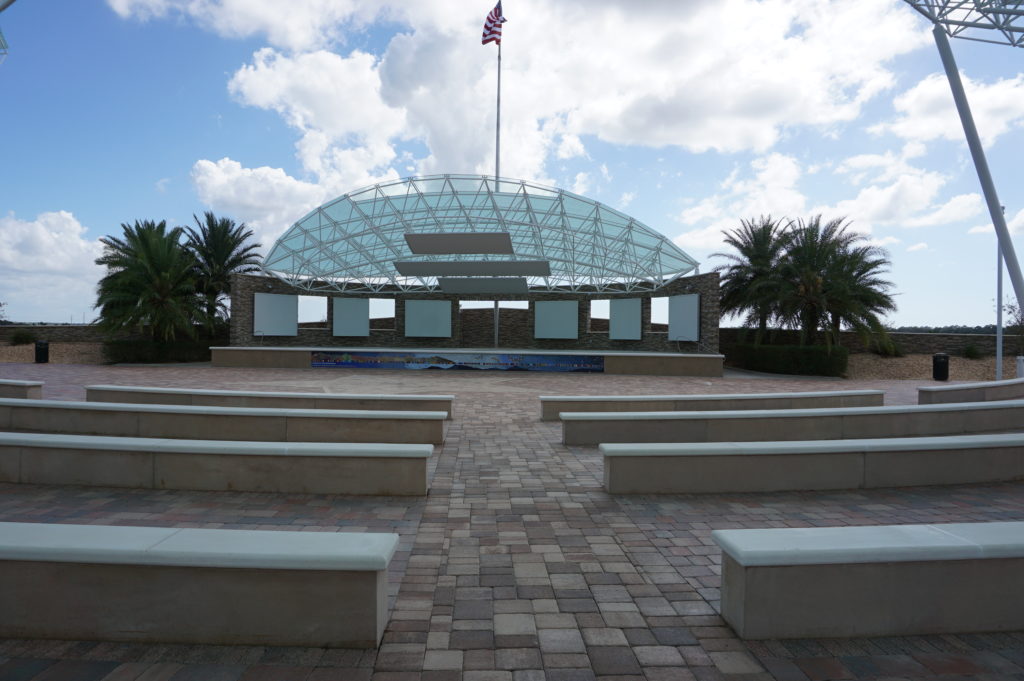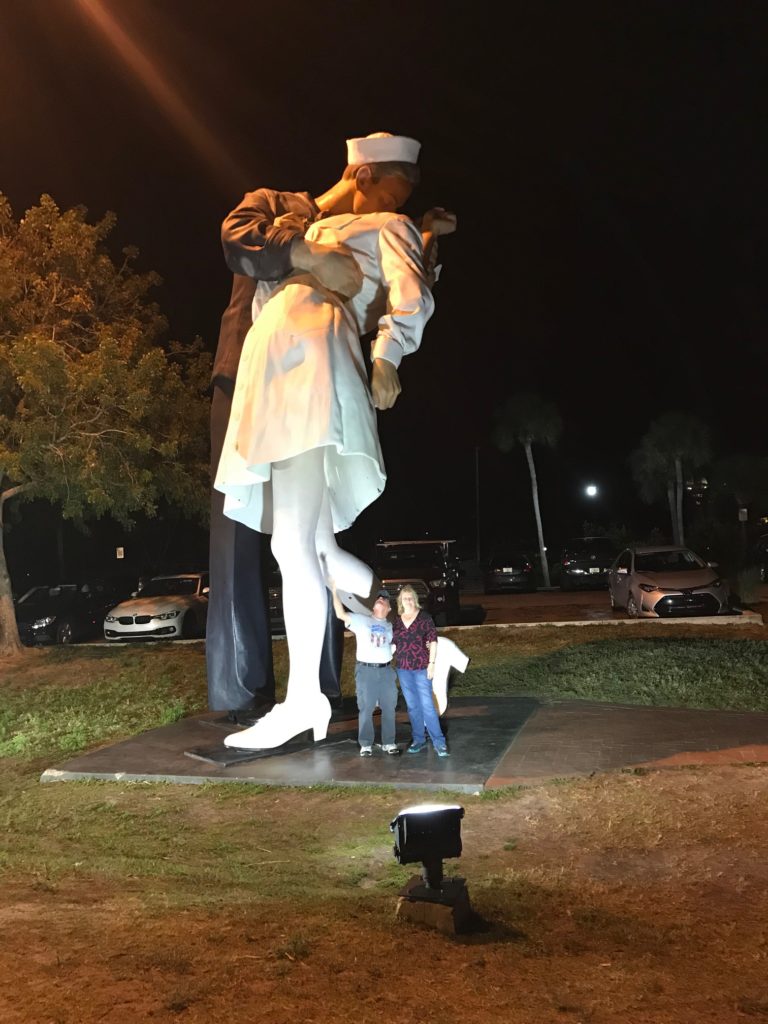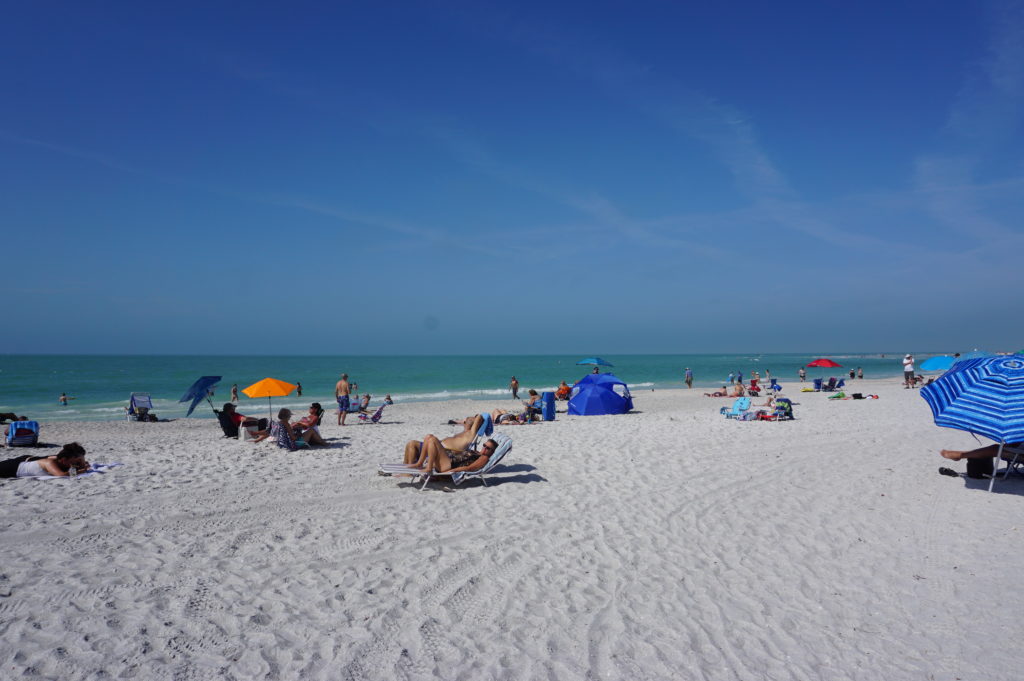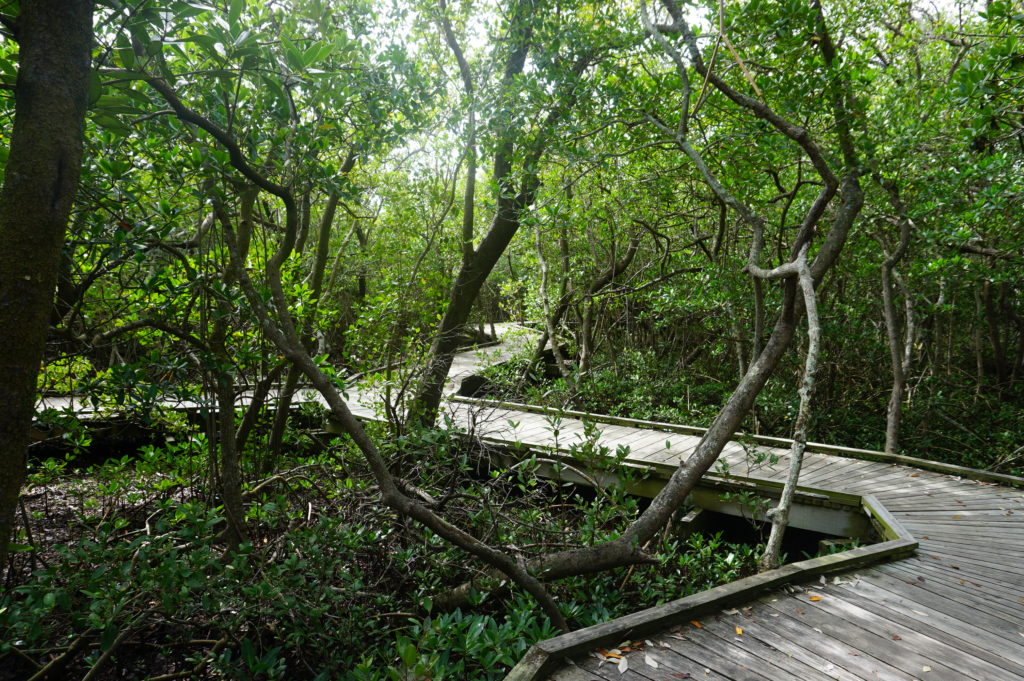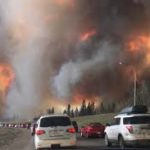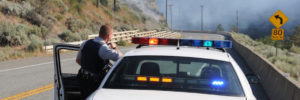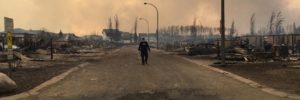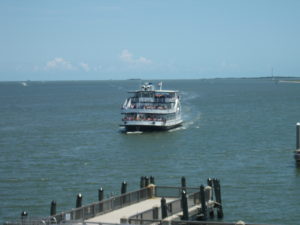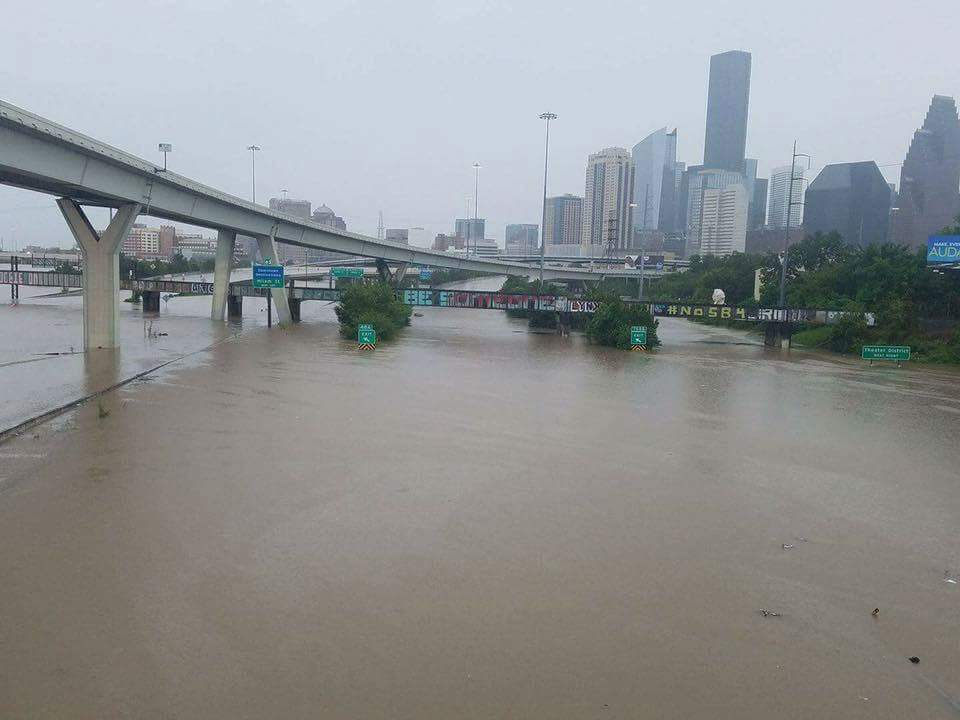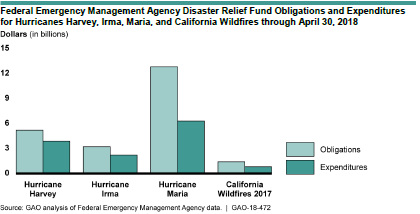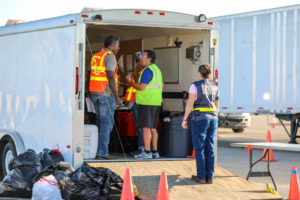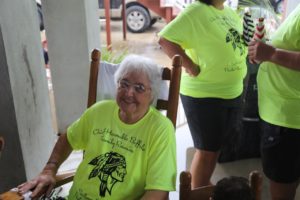 A presidential transition has always been a time to look forward in American history, anticipating change, contemplating new directions. Sometimes we like the new direction, sometimes we don’t; sometimes we think it just doesn’t go far enough to remedy the problems we face. But never have we faced the narcissistic spectacle of a president unwilling to release his grip on power. Every president before Donald Trump has been enough of a patriot to cooperate with a new president of the opposite party, and losing candidates who never ascended to the White House have been willing to concede. It is extremely unfortunate that some Americans are trying to deny others the right to focus on defining a more positive future.
A presidential transition has always been a time to look forward in American history, anticipating change, contemplating new directions. Sometimes we like the new direction, sometimes we don’t; sometimes we think it just doesn’t go far enough to remedy the problems we face. But never have we faced the narcissistic spectacle of a president unwilling to release his grip on power. Every president before Donald Trump has been enough of a patriot to cooperate with a new president of the opposite party, and losing candidates who never ascended to the White House have been willing to concede. It is extremely unfortunate that some Americans are trying to deny others the right to focus on defining a more positive future.
But they are only trying because the right to map out an alternative future is still ours. The capacity to imagine a different future is one of the defining characteristics of a society that is capable of renewal, resilience, and sustainability. It is vitally important that civic leaders, academics, and authors help us clarify the truth of our past and map out paths to a better future. And, presidential transitions notwithstanding, it can and should happen below the national level, to help states and communities explore their unique history and their opportunities.
It is in that context that I wish to introduce readers to Green, Fair, and Prosperous: Paths to a Sustainable Iowa, the work of Charles E. Connerly, who by next summer will be retiring as professor and the director of the University of Iowa School of Urban and Regional Planning, recently renamed the School of Planning and Public Affairs after Connerly’s successful push to incorporate a Master’s in Public Affairs to the program’s offerings. Connerly has been at Iowa since 2008 since migrating back to his Midwestern roots after a long tenure at Florida State University in Tallahassee. As a matter of full disclosure, he was also responsible for hiring me as an adjunct assistant professor to teach one course each fall that has come to be known as Planning for Disaster Mitigation and Recovery. His many years at Florida State, working alongside Robert Deyle, a colleague who worked with me on disaster issues as far back as the 1990s, made him supremely aware of the importance of addressing hazards in the planning process. I was hired in the immediate aftermath of the massive 2008 floods in Iowa.
Connerly is truly a comprehensive thinker in the best planning tradition, and this book shows it. While I am certain, because of publishing schedules, that he had completed his manuscript before the death of George Floyd at the hands of Minneapolis police over the Memorial Day weekend, his book is incredibly timely in the fall of 2020 because of his focus on the history of racial and ethnic disparities in Iowa. In fact, Chapter 4 is simply titled, “Why Is Iowa So White?”
Indeed, that is a very good question. It is not just a matter of Iowa being farm country. After growing up in the Cleveland metro area in Ohio, then moving to Iowa in January 1979 before ultimately enrolling in graduate school at the University of Iowa, I remember being struck by the apparent lack of diversity, especially outside the handful of cities above, say, 50,000 people. There is, after all, industry in these cities, and industry has often attracted multiracial work forces. Unless, that is, political and social forces intervene to prevent such an outcome. Most people, however, never notice such forces at work and never learn about them in school. History can be very silent about such matters unless diligent researchers insist on exposing that legacy to sunshine, aka “the best disinfectant.”
Connerly digs deep on this topic, all the way back to antebellum Iowa politics. Sitting just north of Missouri, a slave-holding border state, Iowa was both a frontier of the Underground Railroad and a harbor of typical northern mixed feelings about African Americans. In 1850, Iowa was no less than 99.8 percent white, and did not dip below 99 percent, Connerly notes, until 1970. Since then, there has been a substantial growth in minority populations. But African Americans have historically been concentrated in just four urban counties. All that said, it was also the Iowa Democratic caucuses in 2008 that launched Barack Obama on a streaking path to the presidency. What accounts for this paradoxical history?
From the early days of statehood, Iowa suffered from a typical northern moral conflict between supporting emancipation and not particularly wanting too many blacks in the neighborhood. That is not putting too fine a point on the matter. Connerly notes that before the Civil War, Iowa had enacted laws banning blacks from the state. The territory avoided enacting such black codes to win statehood, but once that was achieved, Iowa legislators had no problem backtracking on the issue. The bottom line was that Iowans, overall, opposed slavery but did not necessarily favor civil rights for freed slaves.
That changed somewhat after the Civil War, with Radical Republicans pushing through changes that liberalized matters considerably, but it was only following World War II and through the Civil Rights movement of the 1960s that serious, permanent change began to occur. By that time, however, previous history had done its work in making African Americans largely feel unwelcome. Iowa stayed overwhelmingly white, but not entirely by accident. At the same time, the state has been receptive to refugees, for example, after the Vietnam war, and remarkably progressive on some other issues. Northwest Iowa elected the remarkably ignorant Steve King to Congress, but Republicans themselves dethroned him in this year’s June primary.
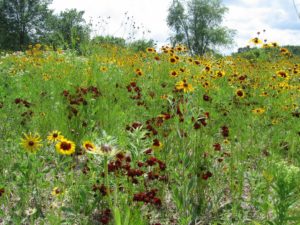
Prior to white settlement and the rise of modern agriculture, much of the Iowa landscape enjoyed by Indians consisted of prairie. Photo by Suzan Erem
Connerly writes that African Americans were not the only minorities to feel the impact of 19th-century American racism. Before European settlement, which took place in earnest only after Iowa became part of the United States following the Louisiana Purchase, fourteen Native American nations had, over millennia, occupied some part of what became Iowa. Before the 1800s, their interaction with Europeans was largely through trade, but eventually their land ended up in the hands of white settlers. The short answer as to how that happened is simple: “We took it from them.” Today, only the Mesquaki settlement in Tama remains as a reminder of the formerly dominant Native American presence.
The Hispanic presence, and that of various Asian minorities, is a product of more recent history, some of it involving the evolution of labor relations, particularly in agriculture and meat processing plants, but today there is a distinct, but distinctly disadvantaged, Hispanic presence. It is no accident that earlier this year, some of the most intense controversy over coronavirus spread in states like Iowa, Nebraska, and South Dakota involved minority workers in the meat-packing industry and deficiencies in safety protocols among the companies involved. In a whole chapter dealing with labor issues over time in both the food and agricultural equipment industries, one can see the steady decline of leverage among white-dominated labor unions and the rise of cheap labor and mass production within the industry as it is today. It is hardly a stretch to suggest that these social and economic changes have had profound impacts on, and implications for, the future of Iowa’s economy and society. Iowa did not shift from supporting Obama in 2008 and 2012 to Trump in 2016 and 2020 without some massive strains within the body politic. How those tensions are resolved will go a long way toward determining whether Iowa can chart a successful path to a sustainable future, as Connerly’s book suggests. Iowans will have serious work ahead in improving social equity while adjusting to a changing demographic makeup across the state.
But I do not wish to create the impression that the book is strictly focused on such demographic issues, as important and critical as they are. It is important to notice that Connerly has tied together the issues of environmental health, fairness, and prosperity in his title. His larger point is that all these questions are inextricably related. To quote some planners I have known, “Everything is connected to everything else.”
Connerly takes us on a detailed, well-documented tour not only of Iowa’s demographic history, but of its environmental and economic history as well. Iowa clearly entered statehood as a predominantly rural, agricultural state, though not necessarily producing the corn and soybeans that predominate now. Originally, in fact, it grew more wheat, but trends shifted to corn and hogs. But the state is still heavily dependent on agriculture, with 43 percent of its 2015 manufacturing centered on either food processing or machinery used in agricultural production. These two gave rise in the twentieth century to some powerful unions representing workers who were largely able to achieve a blue-collar version of middle-class prosperity. Hogs, supported by state laws exempting agriculture from county zoning laws, gave rise to the growth of concentrated animal feeding operations (CAFOs) in the past 40 years, and the meat-packing industry itself became more concentrated and able to mechanize increasingly and replace high-wage jobs with lower-wage mass production and weaker unions. The people working in the newer factories are definitely more racially diverse but definitely not more empowered and definitely paid less. The growing inequities have resulted in a shrinking middle class.
One factor that distinguished the Iowa packing plants prior to the major, union-busting shifts of the 1970s and 1980s was that the plants were closer to the farms, and thus, unlike larger plants in Chicago and Kansas City, bought animals directly from farmers. Connerly maps out the consequences in urban development for Iowa, namely, that Iowa never developed the metropolitan magnets of neighboring states like Minnesota, Missouri, and Illinois because of the dominance of the Twin Cities, Chicago, and Kansas City, and instead has a number of smaller cities, the largest being Des Moines, which has about 215,000 people, though the entire metro area is about three times that size. Smaller cities have mostly grown around agriculture-related industries.
All this has had significant consequences not only for quality of life but the quality of the environment, with water quality problems arising from rural land use issues such as CAFOs, soil erosion, and nitrate concentrations in groundwater. Connerly’s final chapter asks whether Iowa truly is the “best state in the nation,” a title bestowed in 2018 by U.S. News and World Report. As a former Iowan, I do not offer this review as a way of trashing the state, nor does Connerly offer his book in that spirit, but the question is an opportunity to explore the complexity of a state that too many elsewhere see as simply white and rural. Iowa, with the right policies, the right incentives, and the right opportunities, has the potential to create a healthy environment and economy, but it must examine current trends and determine how to reverse those that are moving the state in the wrong direction. The last chapter is a succinct compendium of recommendations for moving Iowa toward a growing middle class, a healthier environment with better recreational opportunities, and a progressive approach toward making agriculture more ecologically sound and resilient in the face of natural hazards, most notably, floods.
The state has created some interesting mechanisms for doing this, but has a stubborn habit in recent years of shooting itself in the foot. In 1987, the legislature wisely passed the Groundwater Protection Act, which created the Aldo Leopold Center for Sustainable Agriculture at Iowa State University, which has done remarkable research on establishing a balance between economic and environmental needs in agricultural practices. Yet, in recent years, the legislature has significantly limited state funding for the center at the behest of corporate agricultural interests. In 2010, following the devastating floods in 2008, the legislature funded creation of the Iowa Flood Center at the University of Iowa, which has become a model in advancing flood prediction and mitigation that other states are considering copying, yet some question the need for continued funding. It is almost as if Iowa wants to replicate the larger national battle between science and an increasingly poisonous distrust of “experts.” Would it not be better to marshal and support the best intellectual resources Iowa can muster for an assessment of the opportunities that lie ahead?
Connerly points out, in contrast, how Iowa could take the lead in solving problems like climate change and excessive nutrient runoff in the Mississippi River basin that leads to both groundwater contamination locally and hypoxia in the Gulf of Mexico. This last chapter is the biggest single reason to read the book, but its logic is only fully clear after reading the thorough research that precedes it.
My final comment is that it may seem that this is a book that is primarily or perhaps solely relevant to Iowans. I think that conclusion, however, would be short-sighted. While I am profoundly aware of the many books others have produced about other states, regions, and metropolitan areas across the U.S., I think it is vitally important that other scholars across the nation undertake similar efforts to assess the path to sustainability for their own states, regions, and cities. We could sorely use such a book in Illinois, and the same is probably true for every neighboring state. As I suggested at the outset, it is not enough to chart a new national path. We need these serious explorations at subnational levels as well. In that sense, I believe Connerly has done a major service for the Hawkeye state. I’d like to see more such books.
Jim Schwab

